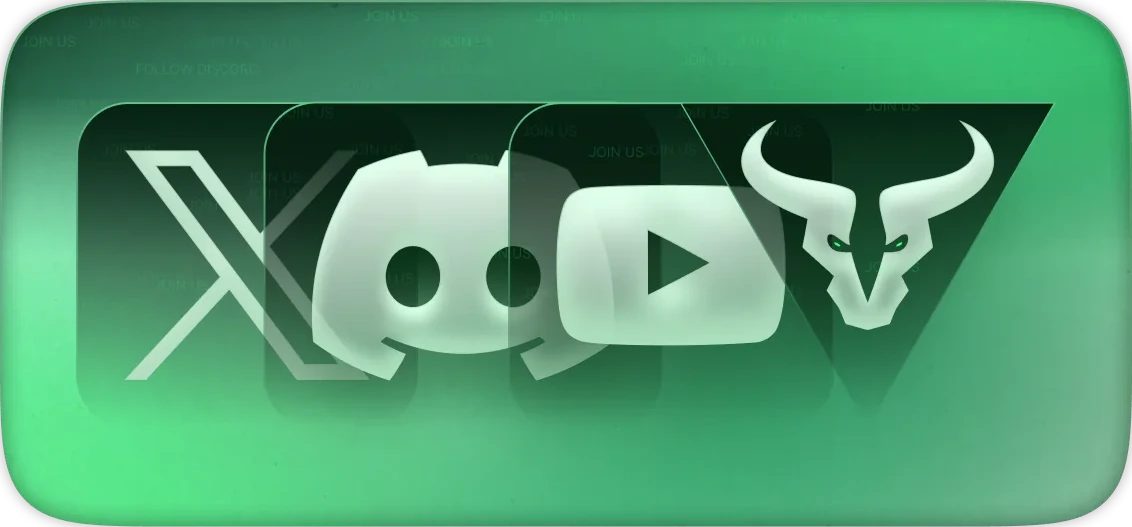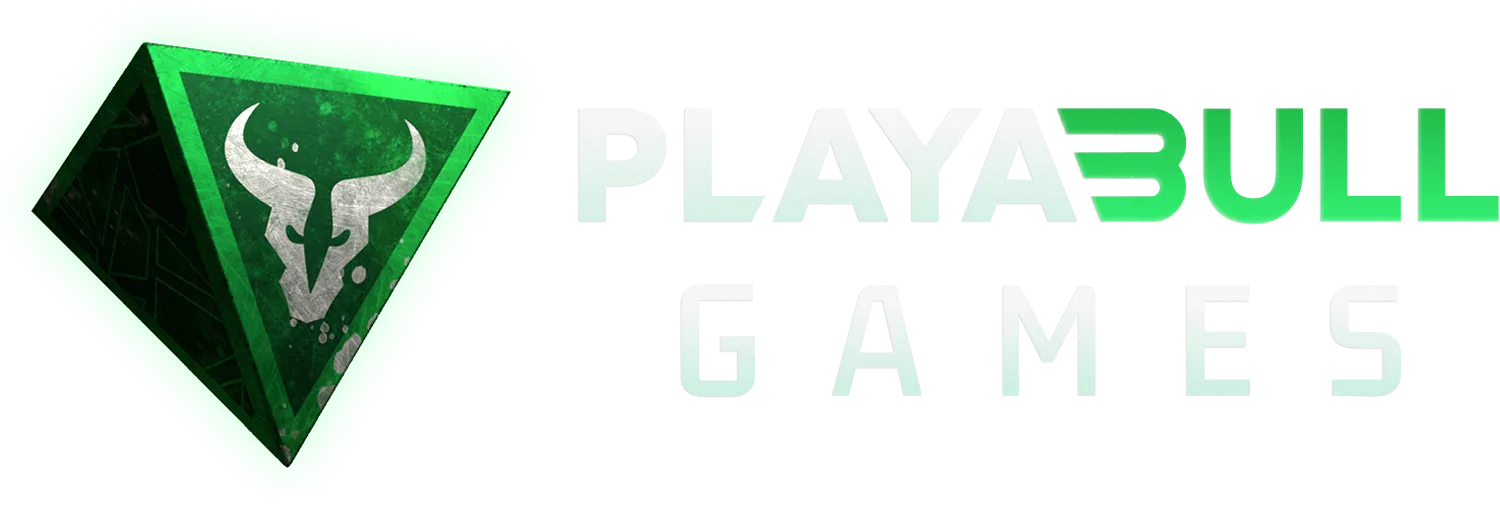


TIM
18 APR 2024
History of Blockchain Gaming
Blockchain gaming is a groundbreaking innovation that merges the decentralised power of blockchain technology with the immersive worlds of video games. Emerging in the mid-2010s, blockchain games introduced new possibilities for player ownership, digital asset trading, and play-to-earn economies. Early experiments, like CryptoKitties, showcased the potential of non-fungible tokens (NFTs) to create unique, tradable in-game items. Over the years, blockchain gaming has evolved into a thriving ecosystem, blending decentralised finance, metaverse experiences, and cross-chain interoperability. While still in its infancy, blockchain gaming is reshaping how players engage with and benefit from video games in Web3.
PLAYA3ULL GAMES has detailed the meteoric rise of blockchain gaming below!
Early blockchain gaming experiments (2013–2017)
The early days of blockchain gaming, from 2013 to 2016, were marked by experimentation and a focus on showcasing the potential of blockchain technology in gaming.
One of the first notable examples was Huntercoin (2014), a multiplayer online game that utilised the Bitcoin blockchain. Players collected in-game coins, which could be converted into cryptocurrency, by competing in a decentralised environment where every move was recorded on-chain. These early games were simple, often limited by the technology of the time, and primarily targeted blockchain enthusiasts.
Ethereum Smart Contracts and Cryptokitties (2015–2017)
The launch of Ethereum in 2015 revolutionised blockchain gaming by introducing smart contracts. Smart contracts are self-executing programmes stored on the blockchain and can be compared to a binding physical contract that states when an agreement is reached, an action will follow. Ethereum enabled developers to create decentralised applications (dApps) with more complex functionalities. This innovation laid the foundation for blockchain-based games where in-game assets could be tokenised as NFTs (non-fungible tokens).
One of the most influential blockchain games leveraging NFTs was CryptoKitties, which was launched in 2017. The game allowed players to collect, breed, and trade virtual cats, representing each cat as a unique NFT on the Ethereum blockchain. CryptoKitties became a sensation and showcased the potential of blockchain to create digital economies. The surge in transactions from CryptoKitties caused severe network congestion, leading to slower transaction times and higher gas fees. This highlighted the limitations of early blockchain technology and sparked a push for solutions like layer-2 scaling and more efficient protocols to support the growing demand for blockchain gaming.
Rise of Play-to-Earn (2021–2022)
The play-to-earn (P2E) gaming model took centre stage between 2021 and 2022, transforming how players engaged with games by allowing them to earn cryptocurrency as a reward for playing the game. At the forefront of this movement was Axie Infinity, a blockchain game that lets players breed, battle, and trade virtual creatures called Axies, represented as NFTs. Players could control the Axie supply and sell their unique Axies in the marketplace for Ethereum. With the introduction of their Ethereum sidechain, Ronin, transaction fees were much lower and faster than Ethereum’s layer-1 blockchain. Axie Infinity became particularly popular in countries like the Philippines, where the earnings often surpassed local wages.
The rise of P2E gaming also saw the emergence of game guilds like Yield Guild Games (YGG), which further expanded the ecosystem. These guilds acted as decentralised organisations that pooled resources to invest in in-game assets (via profit-sharing systems), leasing them to players who couldn’t afford the upfront costs. By creating these scholarships and profit-sharing systems, guilds enabled more players to join the P2E movement and kicked off a big year of Venture Capital funding into P2E.
The P2E model eventually disbanded due to unsustainable economic structures prioritising speculation over gameplay. Once token values plummeted, player interest dwindled with them.
New blockchain games with fun at its core (2023 and beyond)
From 2023 onwards, blockchain gaming began prioritising fun and gameplay over purely financial incentives. Web3 video games have been developing for over a year or two and aim to appeal to traditional gamers and blockchain enthusiasts. Games like NEXUS and ORDINEM use multiplayer as the core element and provide an incredible user experience. P2E elements are still in effect to support those in developing countries, but the emphasis has shifted back to fun and immersive games. This is the way video games were designed to be. The future of blockchain gaming is bright by mixing the best elements of Web2 and Web3 video games.
What a blast from the past that was, right? We hope this blog helped you appreciate the journey of blockchain gaming and the improvements made over time for new blockchain games.
Until next time, gamers - GG Well Played!
Want to experience the thrill of another Web3 game called NEXUS with others? The third-person MOBA is free to play now on the Epic Games Store. Download it here.

Connect with PLAYA3ULL players on our Discord & subscribe for updates, and news.
Get Updates. Stay Informed.
Waiting for input...




$0.000215
-24.56%

5000+ Trees Planted



